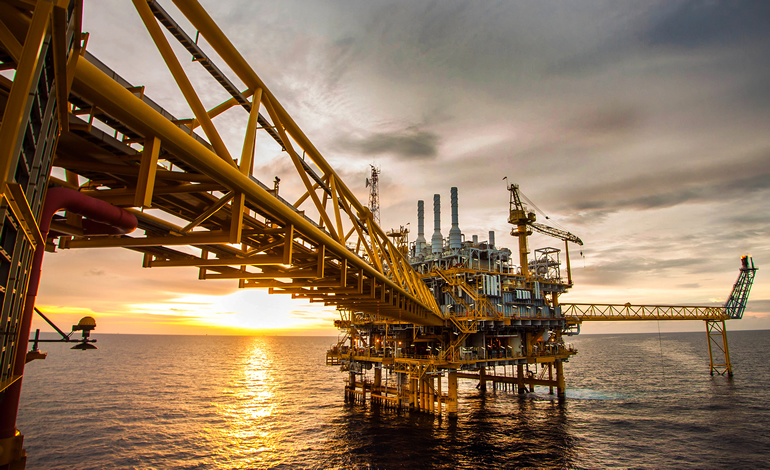AVIATION FUEL
AVIATION FUEL
Aviation kerosene is all about safety and quality, JP54 fuel requirements for aircraft and vehicles are typically different. Therefore there are strict quality and safety requirements for aircraft fuel and limitations on components that can be used for aviation fuel.
Aviation kerosene
Aviation kerosene is a specialized type of petroleum-based fuel used to power aircraft. It is generally of a higher quality than fuels used in less critical applications, such as heating or road transport. JP54 contains additives to reduce the risk of icing or explosion due to high temperature and other properties.
Jet fuel is a clear to straw-colored fuel based on either an unleaded kerosene (Jet A-1) or a naphtha-kerosene blend (Jet B). Similar to diesel fuel, it can be used in either compression ignition engines or turbine engines.
Jet A (Types)
Jet A-1 is the standard specification fuel used in the rest of the world other than the former Soviet states, where TS-1 is the most common standard. Both Jet A and Jet A-1 have a flashpoint higher than 38 °C (100 °F), with an autoignition temperature of 210 °C ( 410 °F).


DIFFERENCES BETWEEN JET A AND JET A-1
The primary difference is the lower freezing point of A-1;
Jet A -40°C
Jet A-1 -47°C
CERTIFICATION
ASTM D910 / ASTM D6227
The American Society for Testing and Materials (ASTM) standard specifications for aviation kerosene.
ENERGY CONTENT
The net energy content for aviation fuels depends on their composition.
